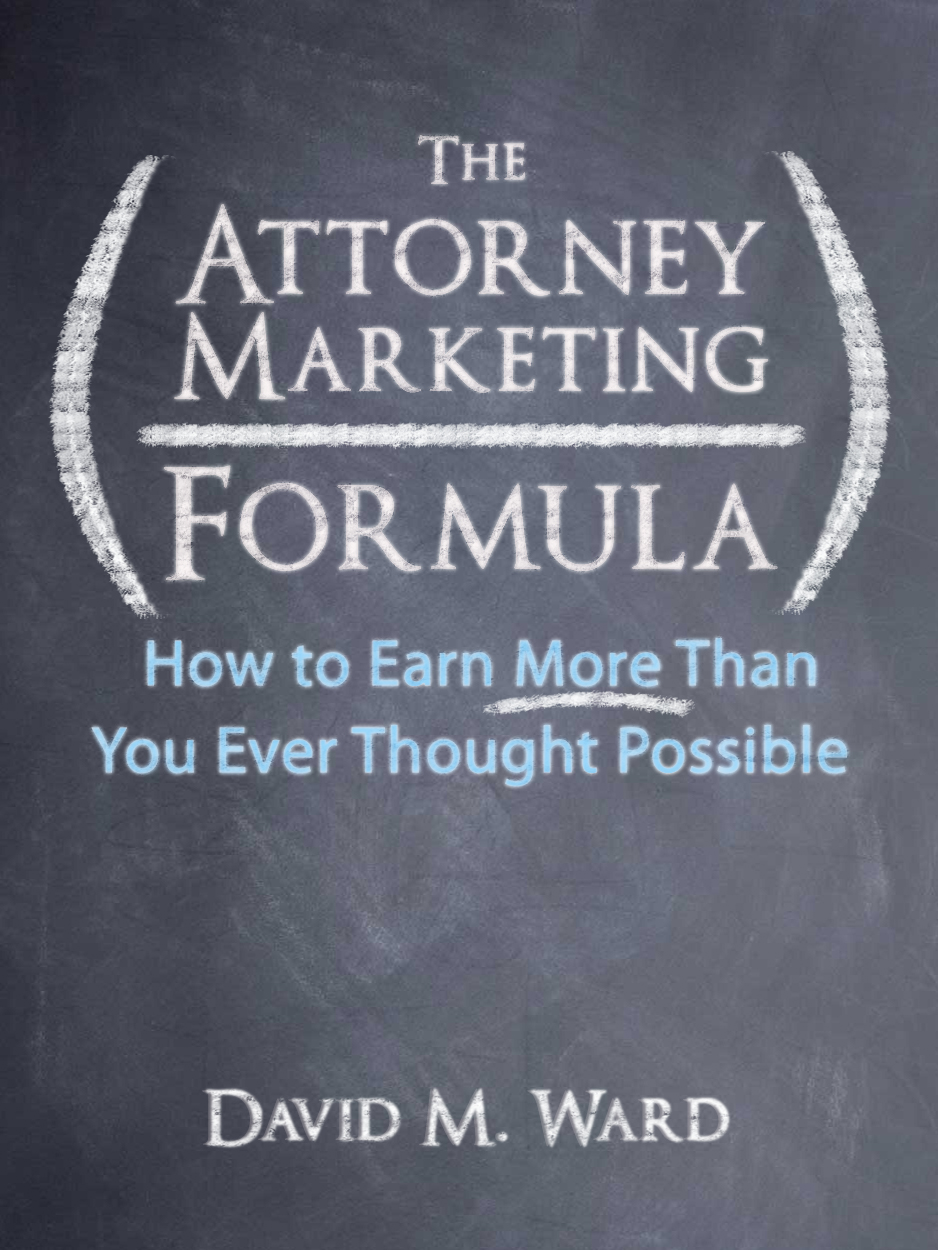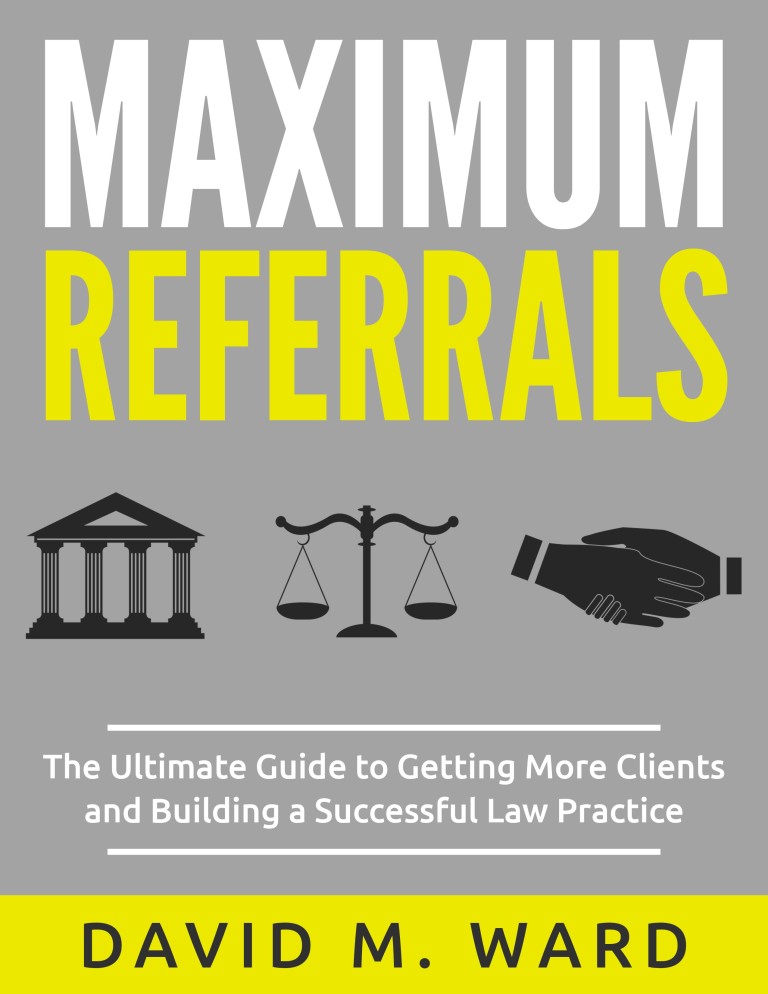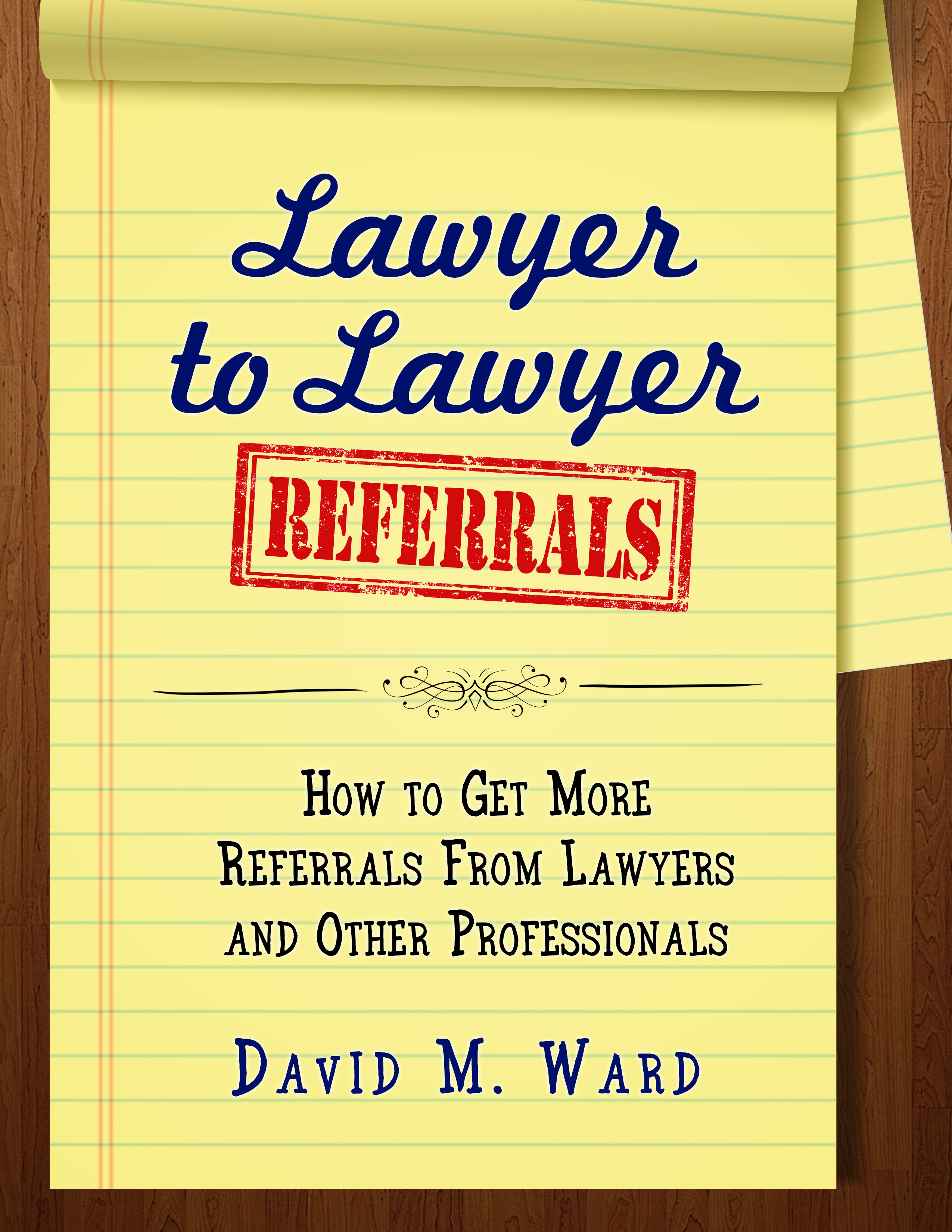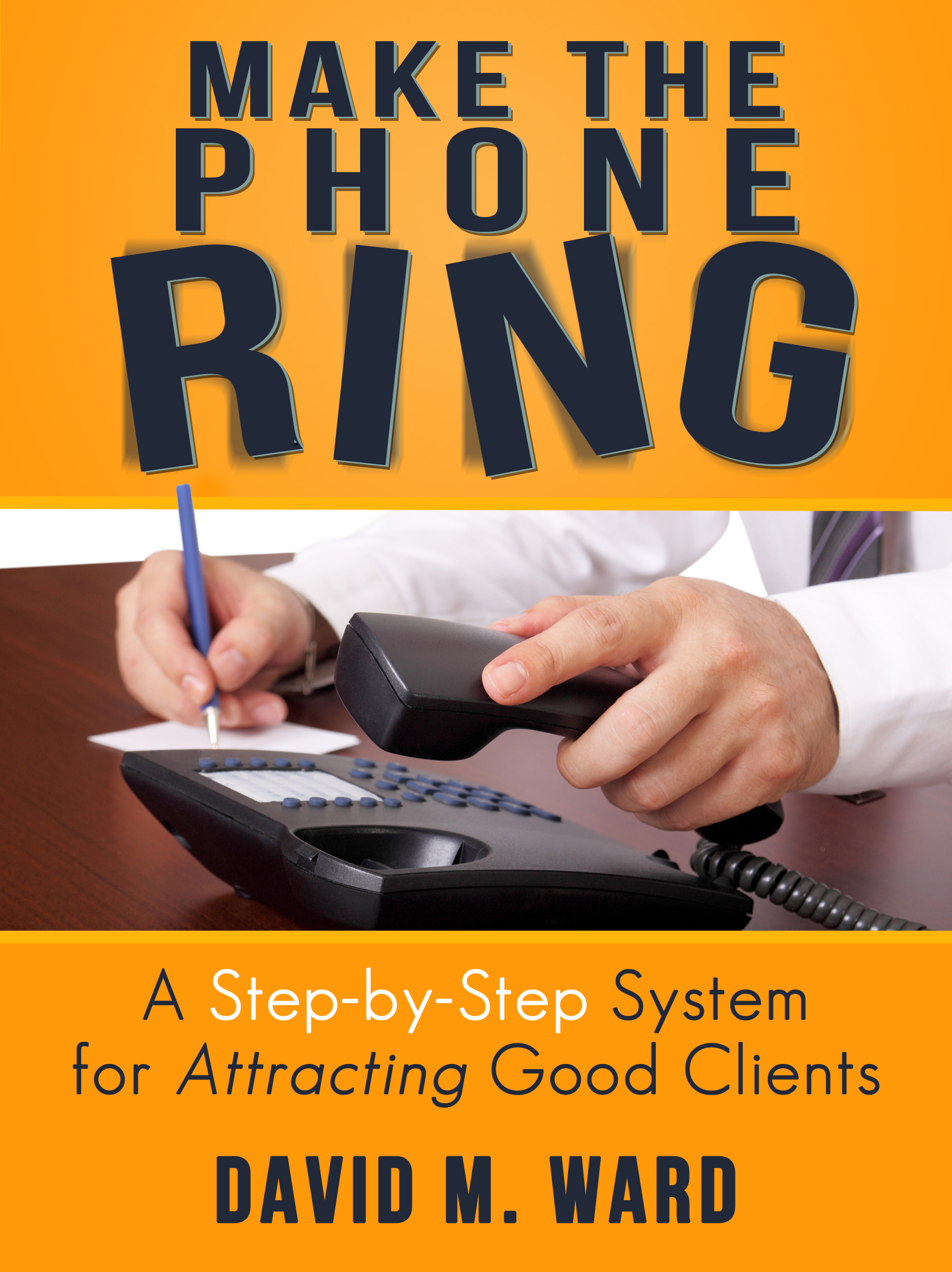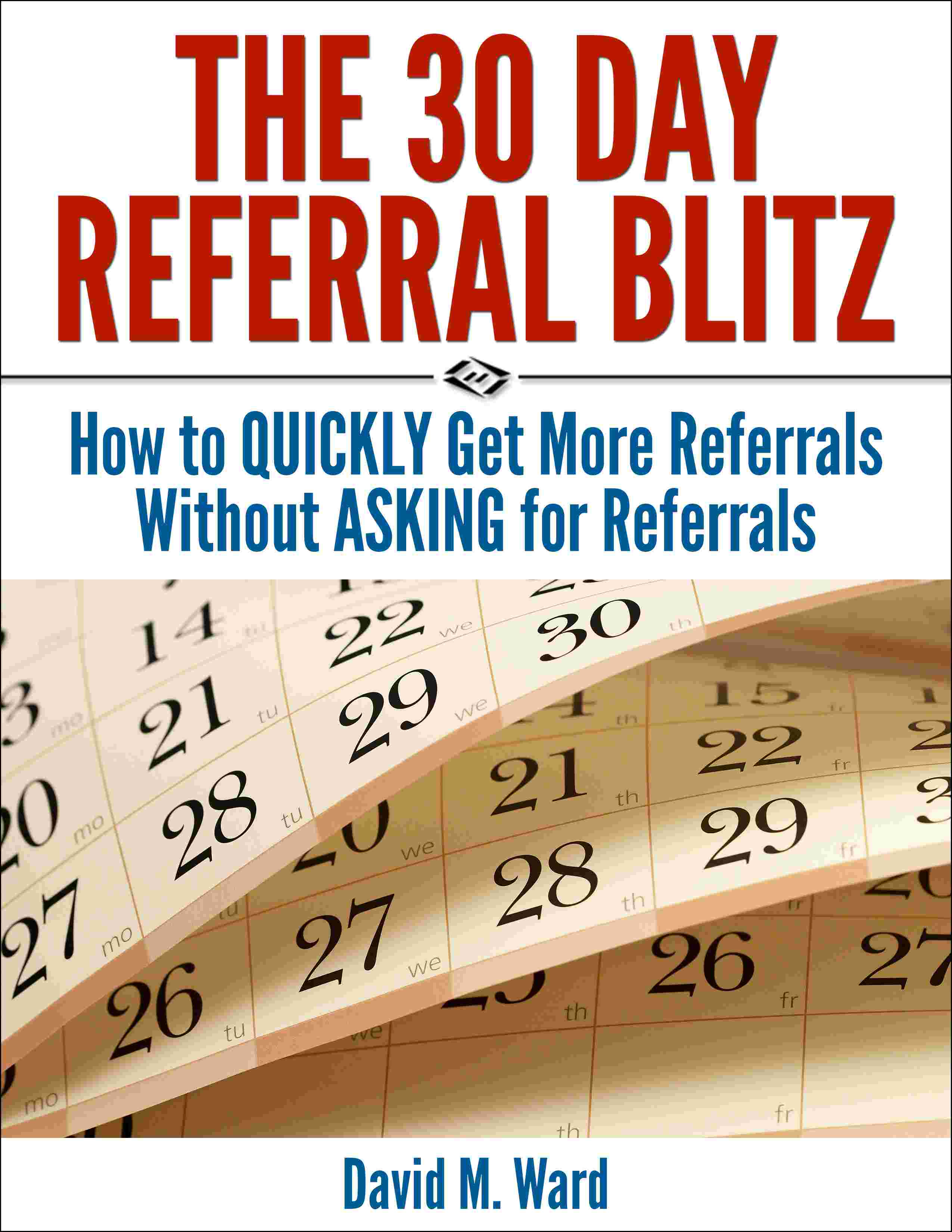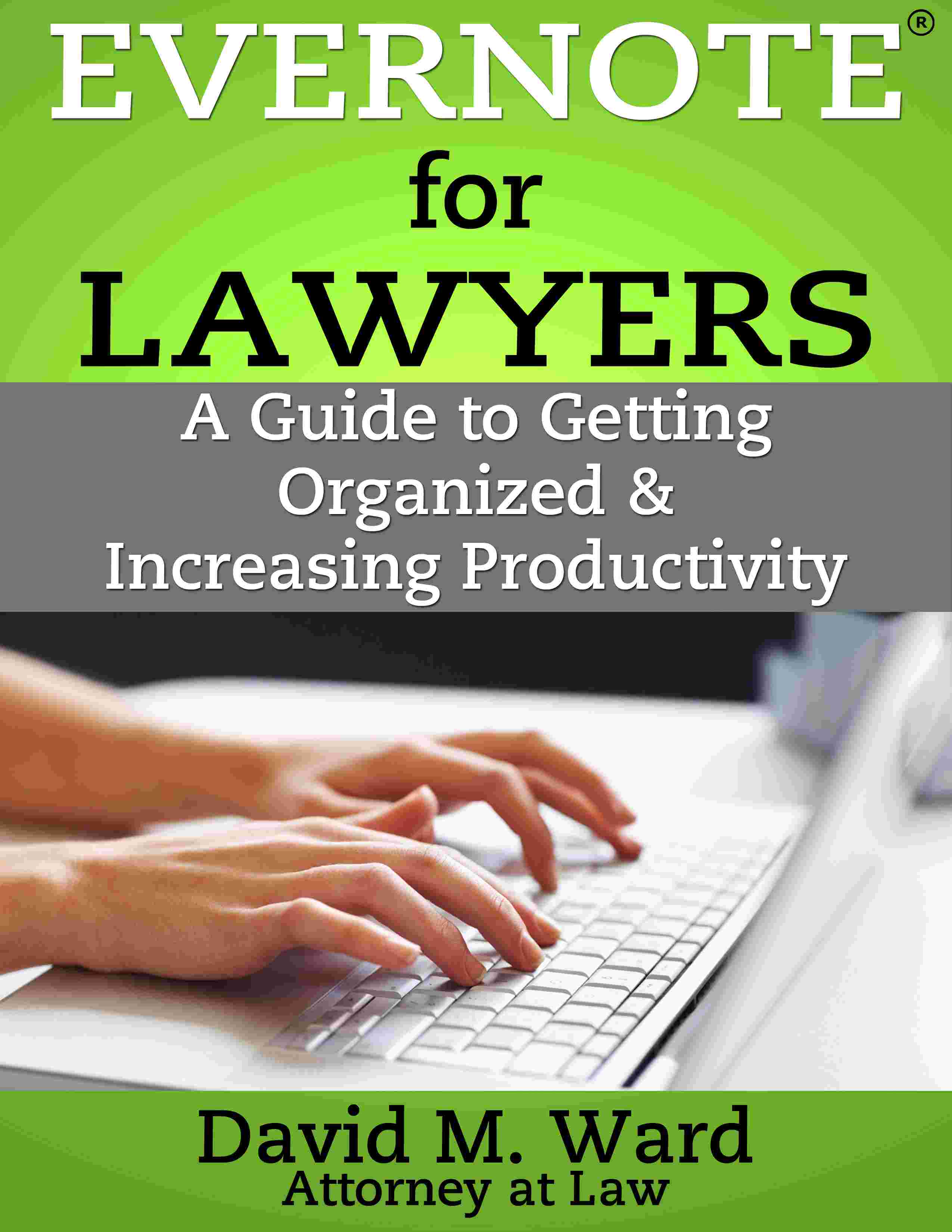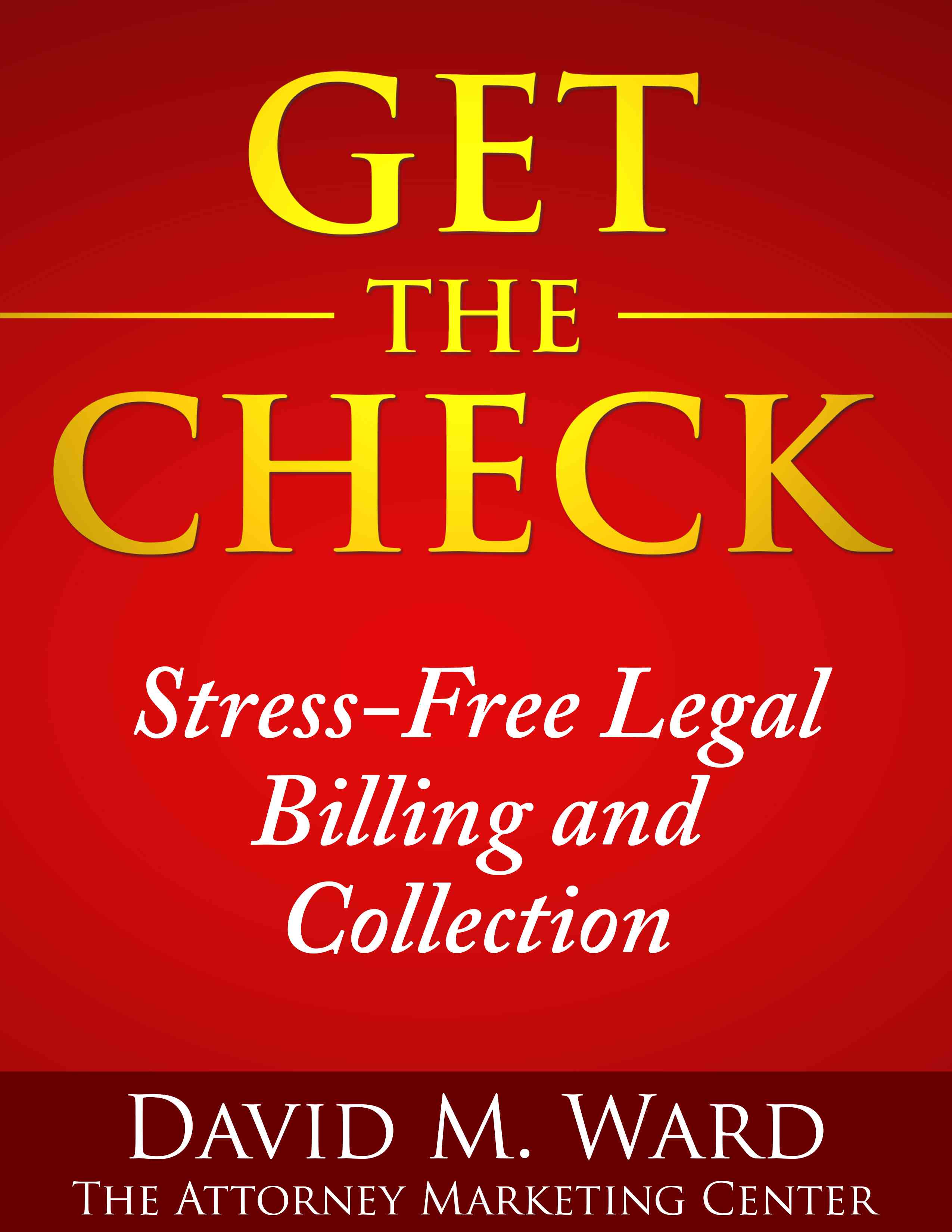You can hire people to write blog posts and newsletters and other content. Should you?
It depends on what you intend to do with it.
If you intend to use your content to connect with people who can hire you or refer you, the answer is no.
Write your own content. You can’t outsource you.
People connect with you and hire you because they relate to you. They hire you not just because of what you know, but because of who you are.
Let them hear your voice, not a generic voice speaking about generic legal issues. Let them hear about the cases and clients you’ve helped and what you did to help them.
Let them get a taste of your personality and a sense of what it is like to have you as their attorney.
You can have people help you with research and editing your content, but that content should come from you.
On the other hand, if you intend to use content to generate traffic and leads, for advertising and direct mail and other purposes where a “generic” you might be sufficient, it’s okay to hire people to create that content for you.
Some attorneys buy “canned” newsletters from companies that provide the same newsletters to many attorneys. The attorneys don’t pretend this content is coming from them, however. It is (or should be) positioned as “from the firm”.
Attorneys who buy canned content know (or should know) this content won’t do much more for them than allow them to put something in their subscribers’ mailboxes and remind them they are still around.
There’s nothing wrong with this.
It’s better than sending no content to clients and prospects. Much better.
Some attorneys send out a canned newsletter and also write their own content, which they publish in a separate newsletter.
Their content is by them and from them and uses stories and examples from their practice. It is this content that builds trust and relationships with readers.
Similarly, some attorneys outsource content for a blog, and use that blog to attract search traffic. They might have several such blogs, each focused on different practice areas and keywords and markets, all of which send traffic to their regular website or into their lead capture funnels.
But again, they don’t (or shouldn’t) position that blog or those blogs as having been written by them.
They might also write their own content, but, as with a newsletter, it should be separate from the outsourced lead generation blog.
Outsourcing some of your content creation might be right for your practice. But it will never do what your own content can do.
How to write an email newsletter that brings in more business

